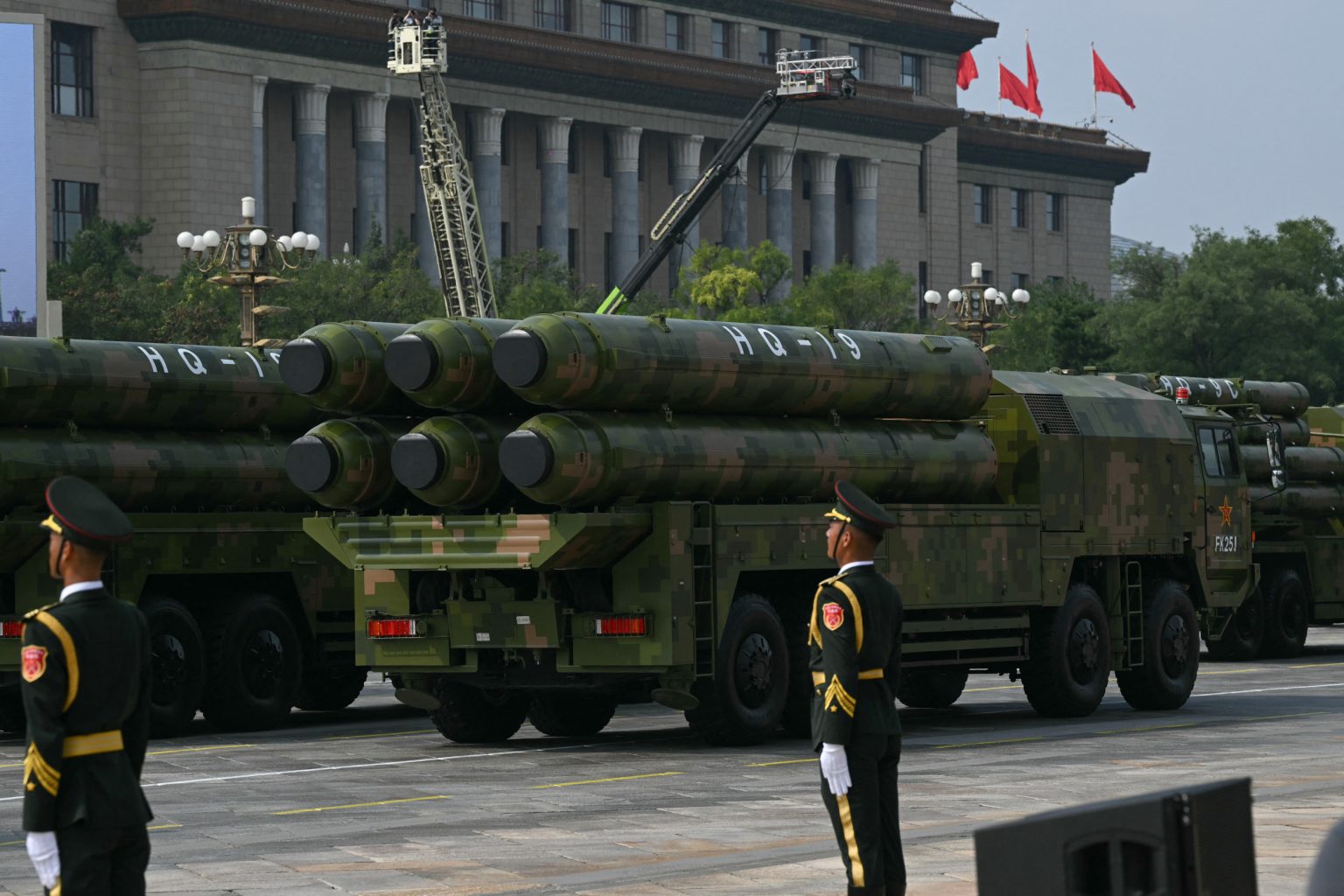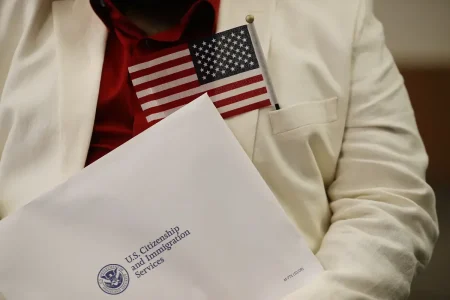China Unveils Missile Defense Systems Rivaling US Golden Dome
In a display of military might and technological prowess, China showcased an impressive array of interceptor missiles designed for comprehensive air and missile defense during a military parade in Beijing’s Tiananmen Square on Wednesday. The parade, commemorating the 80th anniversary of World War II, featured six different types of Chinese interceptor missiles that appear to rival the United States’ Golden Dome system currently under development. This demonstration highlights China’s growing capabilities in strategic defense and represents a significant milestone in the ongoing technological competition between the two global powers. The unveiling comes at a time when missile defense systems are increasingly important in national security strategies worldwide, as countries develop more sophisticated aerial threats including hypersonic weapons capable of evading traditional defense systems.
The Chinese military proudly displayed three air defense missile systems—the HQ-11, HQ-20, and HQ-22A—alongside three anti-ballistic missile systems—the HQ-9C, HQ-19, and HQ-29. According to Chinese state media, these systems are designed to create a “multiple-course, multi-layer” defense network capable of intercepting threats at various altitudes and phases of flight. Military expert Zhang Xuefeng explained that the HQ-11, HQ-20, and HQ-22A systems form the “lower layer” of China’s national air and missile defense, primarily targeting aircraft, drones, and cruise missiles. Meanwhile, the HQ-9C, HQ-19, and HQ-29 constitute the “upper layer,” designed to intercept ballistic missiles at different stages of their trajectory. This layered approach mirrors modern missile defense doctrine, which recognizes that no single system can effectively counter all types of aerial threats, particularly advanced missiles that can change course mid-flight or travel at hypersonic speeds.
The timing of this display appears deliberate, coming as the United States continues development of its own Golden Dome system—a $175 billion missile defense initiative proposed during the Trump administration. President Trump has stated that the Golden Dome is expected to be fully operational by 2029, creating an ambitious timeline for what would be the most comprehensive missile defense system in American history. The U.S. system aims to protect the homeland against evolving threats, including cruise and ballistic missiles as well as hypersonic weapons capable of traveling over five times the speed of sound while maneuvering unpredictably. The Chinese parade not only showcased interceptor missiles but also unveiled newer nuclear missiles described as having “global-covering” and “defense-penetrating” capabilities—a clear message that China is developing both offensive and defensive strategic capabilities simultaneously.
What makes China’s display particularly significant is the apparent comprehensiveness of its approach to missile defense. The HQ-9C is designed to intercept missiles during their terminal phase at lower altitudes, while the HQ-19 targets missiles in the same phase but at higher altitudes. Perhaps most importantly, the HQ-29 expands China’s capabilities by targeting incoming missiles during the midcourse phase of flight—traditionally the most challenging intercept window but also the one offering the greatest defensive coverage. By comparison, the United States currently operates four major air and missile defense systems: the sea-based Aegis Missile Defense deployed on cruisers and destroyers, the ground-based Midcourse Defense system, the Terminal High Altitude Area Defense (THAAD), and the Patriot system. The U.S. has also developed an extensive sensor network comprising satellites and radars to detect and track hostile missiles throughout all phases of flight, an essential component of any effective missile defense architecture.
Military experts view China’s missile defense showcase not merely as a technological demonstration but as a strategic message with global implications. Zhang Xuefeng noted that the display represents “not only a concentrated display of China’s strategic defense capabilities, but also a display of strategic deterrence.” He emphasized that with comprehensive anti-ballistic missile capabilities, “China can significantly contain the enemy’s strategic strike capabilities, which is of great significance.” This perspective aligns with assessments from the U.S. Defense Intelligence Agency, which has acknowledged that China and Russia are developing novel delivery systems specifically designed to exploit gaps in current U.S. ballistic missile defenses. However, the agency still maintains that traditional ballistic missiles “will remain the primary threat to the Homeland,” suggesting that existing defense systems remain relevant despite ongoing innovations in offensive missile technology.
The future implications of China’s missile defense developments remain to be seen, particularly whether the country will conduct comprehensive tests to demonstrate these systems’ effectiveness against various aerial, ballistic, and hypersonic threats. Such tests would be necessary to verify the operational capabilities claimed during the parade. For the United States, China’s advancing missile defense capabilities may accelerate the timeline for the Golden Dome and related systems, potentially triggering increased defense spending or technological innovation. More broadly, these developments signal a new chapter in strategic competition, where both offensive and defensive missile capabilities play increasingly central roles in national security calculations. As both nations continue to develop more sophisticated systems, questions remain about how these technologies might influence strategic stability and whether they will ultimately lead to greater security or a more precarious balance of power in the coming decades.















